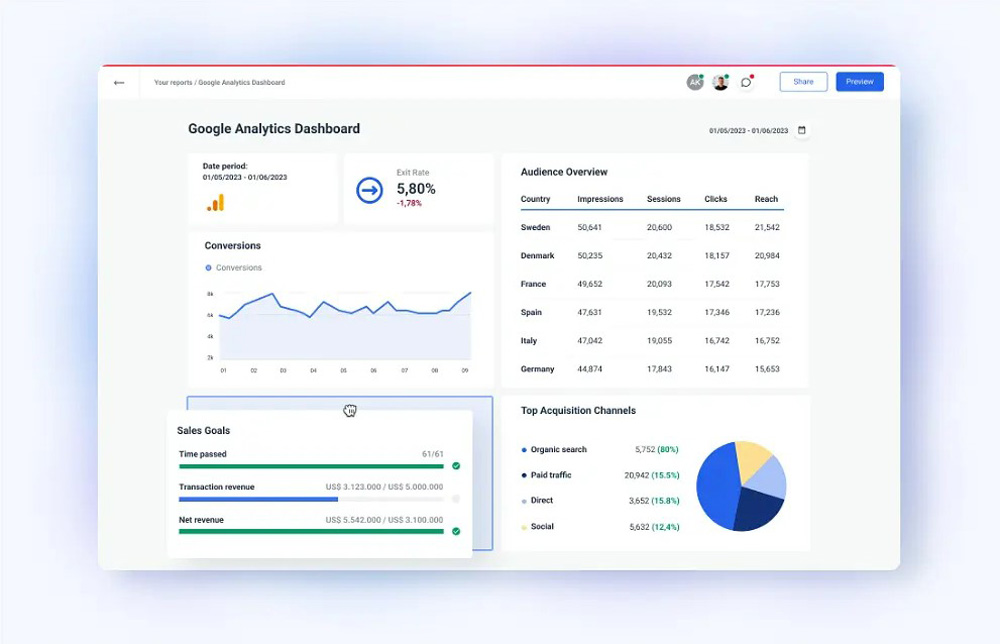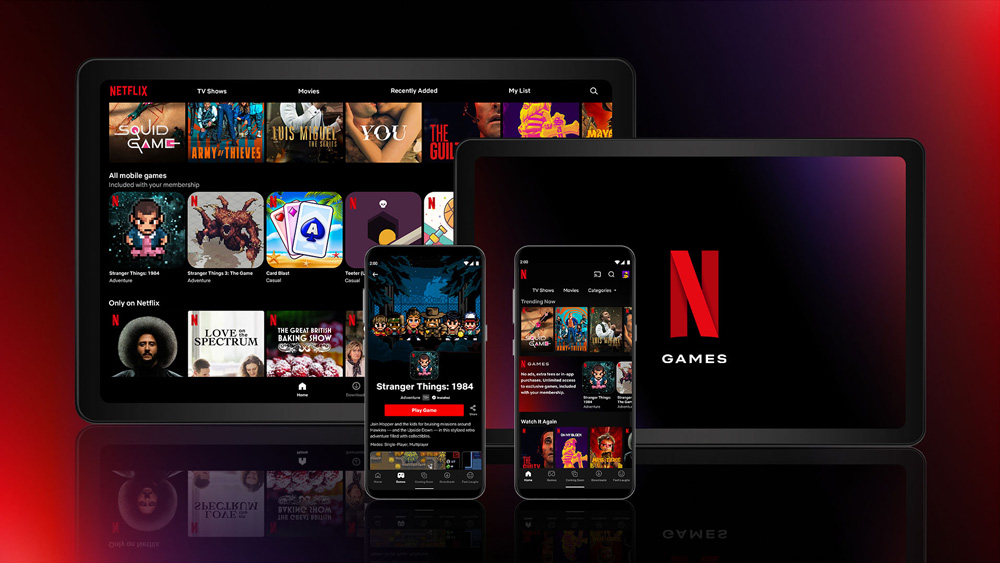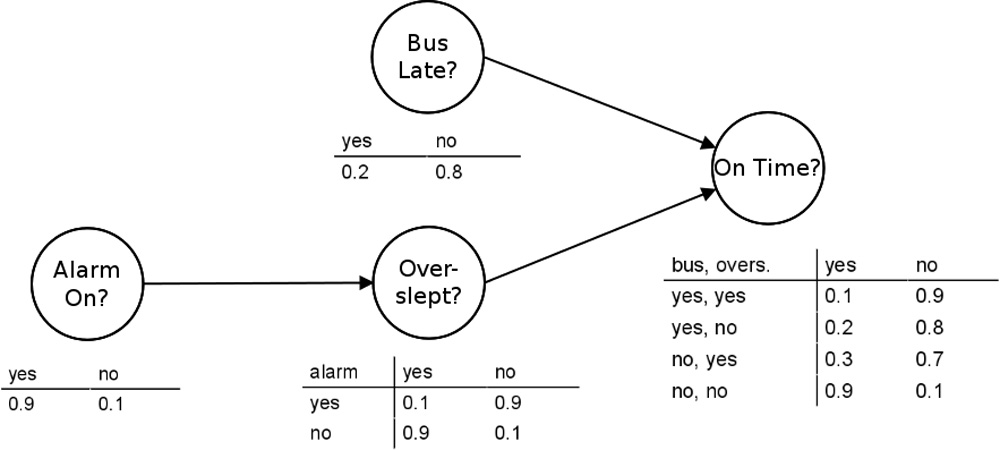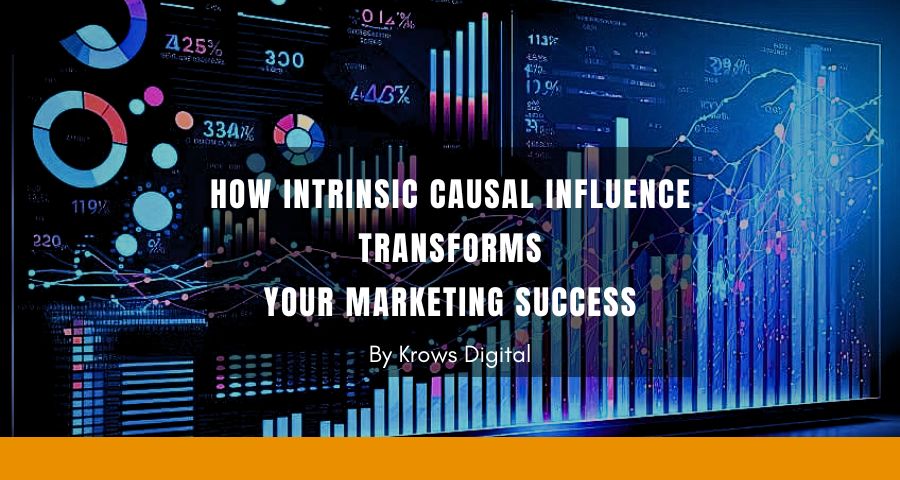Understanding the real impact of your marketing efforts can sometimes feel like chasing shadows. You pour resources into campaigns, but how do you know which elements truly drive success? This is where the concept of intrinsic causal influence steps in. By accurately measuring this, you can pinpoint the exact strategies that move the needle and those that don’t. In this guide, we’ll unravel the complexities of measuring causal influence and provide you with actionable insights to enhance your marketing game.

Understanding Intrinsic Causal Influence
Definition and Key Concepts
Intrinsic causal influence refers to the actual impact that a particular marketing action has on your outcomes, independent of external factors or correlations. It’s about isolating the effect of your specific campaign components, whether it's an ad, email blast, or social media post, on your key performance metrics.
Difference Between Correlation and Causation
A common pitfall in marketing analysis is confusing correlation with causation. Just because two metrics move in tandem doesn’t mean one causes the other. For instance, an uptick in sales and website traffic might correlate, but without proper analysis, you can’t conclude that the increased traffic caused the sales boost. Understanding and measuring causation is crucial for making informed decisions.

Why Measure Intrinsic Causal Influence?
Enhancing Decision-Making
By knowing the causal impact of your campaigns, you can make smarter decisions. It allows you to identify what works and what doesn’t, leading to more effective and efficient marketing strategies.
Optimizing Budget Allocation
When you understand which elements of your campaigns drive the most value, you can allocate your budget more wisely. This ensures you invest in the tactics that yield the highest returns.
Improving Campaign Effectiveness
Measuring causal influence helps you refine and improve your campaigns continuously. You can focus on the aspects that have the greatest impact and discard or adjust those that don’t.

Challenges in Measuring Causal Influence
Identifying Causality in Complex Environments
In the real world, marketing doesn’t happen in a vacuum. Various factors, from economic conditions to competitor actions, can affect your outcomes. Identifying the true causal impact amidst this complexity is a significant challenge.
Data Limitations and Bias
Accurate measurement requires robust data. However, data quality issues and biases can skew your results, leading to incorrect conclusions about your campaign’s effectiveness.
Attribution Challenges
Attributing results to the right actions is another hurdle. Multi-touchpoint customer journeys and overlapping campaigns can make it difficult to determine which actions caused which outcomes.

Methodologies for Measuring Causal Influence
Randomized Controlled Trials (RCTs)
RCTs are considered the gold standard in causal measurement. By randomly assigning subjects to different groups and controlling variables, you can isolate the impact of specific interventions.
Difference-in-Differences (DiD)
This method compares the changes in outcomes over time between a treatment group and a control group. It’s particularly useful in natural experiments where randomization isn’t feasible.
Propensity Score Matching (PSM)
PSM involves pairing subjects with similar characteristics to compare outcomes between those exposed to the treatment and those who aren’t. This helps in controlling for confounding variables.
Regression Discontinuity Design (RDD)
RDD exploits the assignment of treatment based on a cutoff or threshold to identify causal effects. It’s effective in scenarios where treatments are assigned based on a continuous variable.

Tools and Technologies
Data Analytics Platforms
Platforms like Google Analytics and Adobe Analytics offer comprehensive data collection and analysis capabilities, essential for measuring causal influence.
Marketing Attribution Software
Tools like Attribution and Google Attribution provide detailed insights into which marketing channels and touchpoints drive conversions.
AI and Machine Learning in Causal Analysis
AI and machine learning algorithms can uncover complex patterns and relationships in data, providing deeper insights into causal impacts that might not be immediately apparent.
Implementing a Measurement Strategy
Setting Clear Objectives
Start by defining what you want to achieve with your causal analysis. Clear, specific objectives will guide your data collection and analysis efforts.
Gathering and Preparing Data
Collecting high-quality, relevant data is crucial. Ensure your data sources are accurate and comprehensive, and clean the data to eliminate biases and errors.
Choosing the Right Methodology
Select the methodology that best fits your objectives and data context. Whether it’s RCTs, DiD, PSM, or RDD, the right approach will provide the most accurate insights.
Case Studies: Real Examples of Companies Using Intrinsic Causal Influence

1. Netflix: Optimizing Content Recommendations
Background: Netflix, the streaming giant, faces the challenge of recommending content that aligns with user preferences. With thousands of titles available, understanding what keeps users engaged is crucial for retaining subscribers and minimizing churn.
Approach: Netflix employs intrinsic causal influence through sophisticated machine learning models and A/B testing. They use these methods to determine how changes in their recommendation algorithms impact user behavior. By analyzing data from controlled experiments, they can identify which recommendations lead to longer viewing times and higher user satisfaction.
Implementation:
- A/B Testing: Netflix conducts A/B tests where different user groups see different recommendation algorithms. By comparing engagement metrics like viewing time, they isolate the causal impact of each algorithm.
- Machine Learning Models: They leverage machine learning to predict how specific changes in content recommendations influence user behavior over time.
Results:
- Increased Engagement: Netflix’s approach has significantly increased viewer engagement, with personalized recommendations leading to a substantial rise in content consumption.
- Reduced Churn: By understanding what keeps users hooked, Netflix has reduced churn rates, retaining more subscribers and boosting long-term revenue.
Key Takeaway: Netflix’s use of intrinsic causal influence helps them continuously refine their recommendation engine, leading to higher user satisfaction and engagement.

2. Uber: Enhancing Driver-Partner Performance
Background: Uber, the global ride-sharing company, seeks to optimize driver-partner performance and ensure efficient service. Understanding what incentives and operational tweaks lead to better driver behavior and customer satisfaction is crucial.
Approach: Uber uses intrinsic causal influence to measure the effects of various incentives and operational changes on driver performance and rider experience. They analyze data from natural experiments and structured interventions to determine causal impacts.
Implementation:
- Incentive Testing: Uber conducts experiments to assess how different incentives (like bonuses or surge pricing) impact driver availability and service quality.
- Operational Adjustments: They evaluate how changes in app design or policy (such as ride request handling) affect driver efficiency and rider satisfaction.
Results:
- Improved Driver Availability: By understanding the causal effects of incentives, Uber has optimized its bonus structures, leading to better driver availability during peak times.
- Enhanced Service Quality: Operational tweaks informed by causal analysis have improved the overall rider experience, reducing wait times and increasing ride completion rates.
Key Takeaway: Uber’s use of causal influence measurement enables them to fine-tune their operations and incentive programs, leading to improved service quality and driver performance.

3. Amazon: Personalizing the Customer Experience
Background: Amazon, the e-commerce titan, aims to provide a highly personalized shopping experience. Knowing which elements of their website and marketing campaigns directly influence customer purchases is vital for maximizing sales.
Approach: Amazon applies intrinsic causal influence through A/B testing and advanced data analytics to understand how different website features and marketing actions affect customer buying behavior.
Implementation:
- Website Testing: Amazon conducts A/B tests to evaluate how changes in website layout, product recommendations, and call-to-action buttons impact purchase rates.
- Marketing Campaigns: They use causal analysis to assess the effectiveness of various marketing channels and promotions, determining which strategies drive the most sales.
Results:
- Increased Conversion Rates: Amazon’s continuous testing and analysis have led to optimized website designs and marketing tactics, significantly boosting conversion rates.
- Higher Customer Retention: By identifying what drives repeat purchases, Amazon has enhanced its customer retention strategies, leading to long-term customer loyalty.
Key Takeaway: Amazon’s focus on measuring the intrinsic causal influence of their actions allows them to personalize the customer experience effectively, driving higher sales and retention.
Common Pitfalls to Avoid
Over-Reliance on Correlation
Don’t fall into the trap of assuming that correlation equals causation. Always look for evidence of a direct causal relationship.
Ignoring External Factors
External factors like market trends or economic shifts can influence your outcomes. Failing to account for these can lead to misleading conclusions.
Misinterpreting Data
Interpreting data correctly is crucial. Understand the context and nuances of your findings to avoid drawing incorrect conclusions.
Advanced Techniques and Trends
Use of AI in Predictive Analytics
AI can predict future outcomes based on past data, helping you anticipate the impact of your marketing strategies and make proactive adjustments.

Advanced Statistical Models
Models like Bayesian networks and causal graphs can provide sophisticated insights into the relationships between variables, enhancing your understanding of causal influence.
Integrating Behavioral Insights
Incorporating insights from behavioral science can help explain why certain strategies work, providing a deeper understanding of causal impacts.

How to Interpret Results
Understanding Effect Sizes
Effect size measures the magnitude of the impact. It’s crucial to understand how significant your results are, not just whether they’re statistically significant.
Confidence Intervals and Statistical Significance
Confidence intervals provide a range within which the true effect likely lies, while statistical significance indicates whether your results are likely due to chance.
Making Data-Driven Decisions
Use your findings to inform and refine your marketing strategies. Data-driven decision-making leads to more effective and efficient marketing efforts.
Actionable Insights
Applying Findings to Optimize Campaigns
Implement the insights from your analysis to enhance your campaigns. Focus on the strategies that drive the most significant results.
Continuous Monitoring and Improvement
Marketing is an ongoing process. Continuously monitor your campaigns and refine your strategies based on new data and insights.
Scaling Successful Strategies
Identify the elements of your campaigns that are most successful and scale them to maximize their impact across your marketing efforts.
The Future of Causal Measurement
Emerging Trends
Stay abreast of emerging trends in data science and marketing analytics. Innovations in these fields will continue to enhance our ability to measure causal influence.
Innovations in Data Science and Analytics
New tools and techniques in data science and analytics are constantly being developed, providing more accurate and insightful ways to measure causal impact.
Preparing for a Data-Driven Future
As data becomes increasingly integral to marketing, prepare for a future where data-driven decision-making is the norm. Investing in the right tools and skills now will pay off in the long run.
Measuring the intrinsic causal influence of your marketing campaigns is no longer a luxury—it’s a necessity. By understanding and leveraging causal relationships, you can optimize your marketing efforts, make better decisions, and ultimately drive greater success. Embrace the methodologies and tools available, avoid common pitfalls, and continuously refine your strategies based on data-driven insights. The future of marketing is data-driven, and those who master causal measurement will lead the way.
FAQs
1. What is an intrinsic causal influence in marketing? Intrinsic causal influence in marketing refers to the true impact of a specific marketing action on outcomes, independent of external factors or simple correlations.
2. How can small businesses measure causal impact effectively? Small businesses can measure causal impact by using affordable tools and straightforward methodologies like A/B testing and propensity score matching to understand the effects of their marketing efforts.
3. What are the best tools for causal measurement? The best tools include data analytics platforms like Google Analytics, marketing attribution software such as Attribution, and advanced AI-driven tools for deeper insights.
4. How does AI enhance the measurement of causal influence? AI enhances causal measurement by analyzing vast datasets to uncover hidden patterns and relationships, providing more accurate and nuanced insights into the impact of marketing actions.
5. What are common mistakes in measuring causal influence? Common mistakes include confusing correlation with causation, failing to account for external factors, and misinterpreting data, leading to incorrect conclusions about the effectiveness of marketing campaigns.
Conclusion
In today’s competitive landscape, understanding the true impact of your marketing campaigns is no longer optional—it’s essential. By measuring the intrinsic causal influence of your actions, you can identify what truly drives success and optimize your strategies for maximum impact. From enhancing budget allocation to refining campaign tactics and improving customer targeting, the insights gained from causal analysis empower you to make data-driven decisions that propel your business forward.
At Krows Digital, we specialize in helping small and medium-sized enterprises (SMEs) unlock their full potential through powerful, data-driven marketing solutions. Our expertise in social media marketing and digital advertising ensures that your business not only improves its online visibility but also achieves tangible results in sales, leads, and conversions.
We understand the unique challenges SMEs face in today’s digital marketplace. That’s why we tailor our strategies to meet your specific needs, leveraging the latest tools and methodologies to measure and enhance the effectiveness of your marketing efforts. Whether you’re looking to optimize your social media presence, boost your website traffic, or increase your conversion rates, our team is here to support you every step of the way.
Don’t let your marketing efforts go unnoticed. Contact Krows Digital today and let us help you harness the power of intrinsic causal influence to drive your business success. Together, we can transform your marketing strategies and achieve the growth you’ve always envisioned.
Reach out to us and discover how we can help your business thrive in the digital world. Let’s make your marketing work smarter, not harder.




